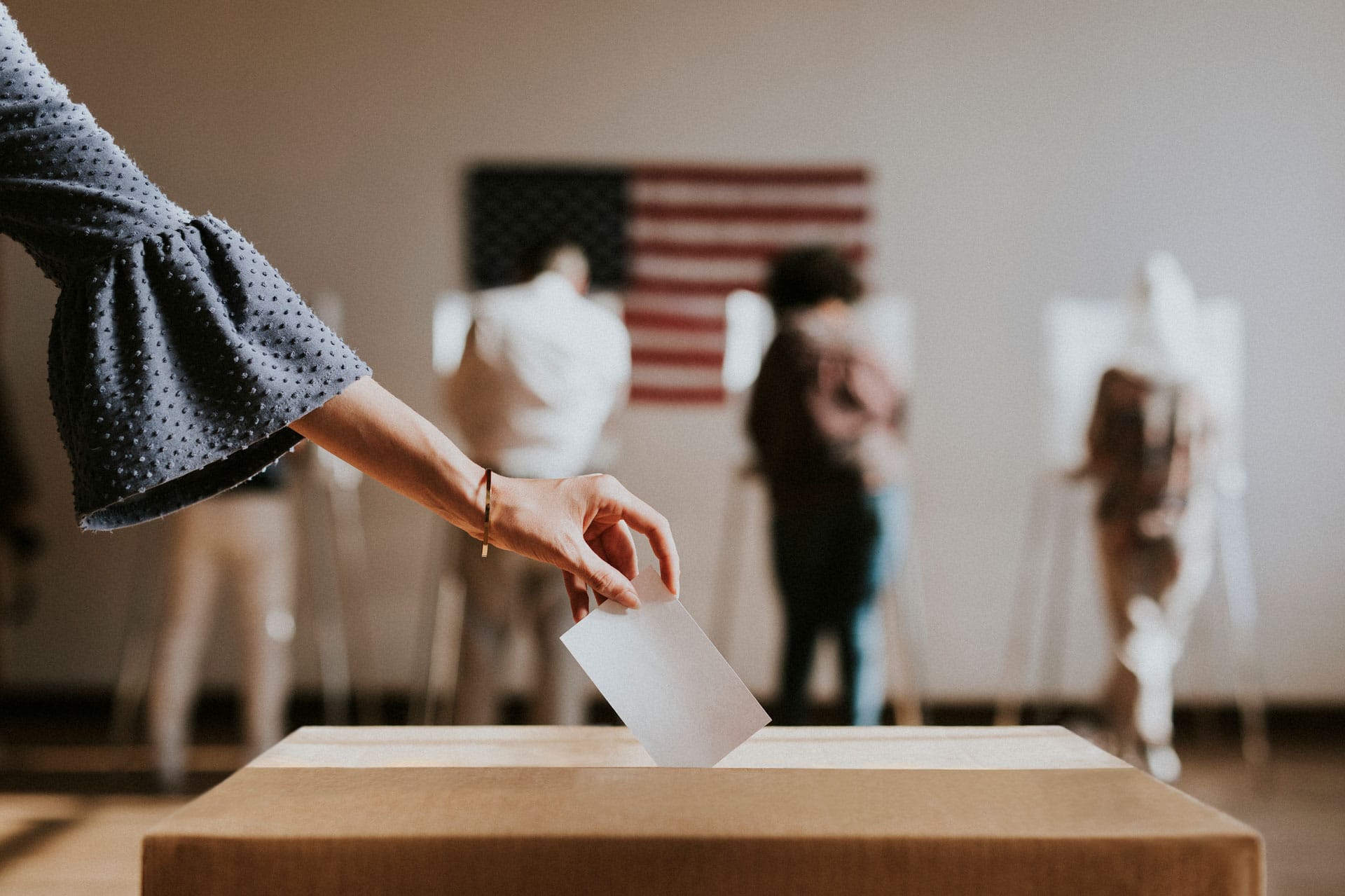The Challenges with Current Polling Methods
Polling remains essential to any democracy, but practitioners need to ensure that the views of more voters are accurately represented.
This includes finding new ways to reach habitual non- responders and understand their views, developing innovative techniques to address changing communication habits, and finding methods to mitigate the impact of social desirability bias.
Greater transparency and a potential shift from focusing on single-point predictions towards monitoring broader trends could help restore public trust.
Live phone polling, once the gold standard for polling, has dramatically declined in use with just 10% of pollsters now relying on this method. This change has largely been driven by rising costs, low response rates – both of which can be fixed! – and the rise of online polling.
Change in Use of Polling Methods

While polling aims to capture the people’s voice, the reliability of its results depend greatly on the methods used. In the next section we will compare the strengths and weaknesses of three major polling methodologies: online polling, automated phone surveys, and live phone polling.
Online Polling
Online polls offer undeniable advantages. They’re quick to deploy, relatively inexpensive, and allow participants to answer freely. However, the ease at which members of the public can take part in these polls is also what makes them less accurate than traditional methods such as live phone polling. Here’s why:
- Self-Selection Bias: Those who stumble upon or seek out online polls aren’t a random cross-section of society. They are, by definition, individuals motivated enough to engage on that specific topic. This skews results towards those with pre-existing solid opinions and often excludes large portions of the population less inclined to participate online.
- Limited Demographics: While the internet is widespread, not everyone uses it equally. Online polls tend to underrep- resent demographics like older adults, certain minority groups, and those with lower socioeconomic status. This means they can offer a very narrow window into true public sentiment.
- The Nuance Challenge: Capturing complexity is difficult with multiple-choice formats. While online polls can include open-ended questions, the lack of a human inter- viewer to probe more profoundly limits their ability to uncover the “why” behind an answer. This is especially problematic for issues with multifaceted viewpoints.
Automated Phone Surveys
Automated phone polling, or IVR (Interactive Voice Response) aims to streamline data collection while overcoming the issue of self-selection bias.
Numbers can be dialed randomly, as with live phone polling, however the lack of a human interviewer means that depth and accuracy are sacrificed for efficiency. Issues include:
- Inflexible Scripting: Unlike a live interviewer, an automated system cannot adapt to an individual’s responses. There’s no opportunity to clarify misunderstandings, follow up on an interesting point, or explore the reasoning behind an answer. This limits the richness of data gathered.
- Missing the Emotional Cues: Tone of voice, hesitation, and emphasis are all crucial indicators of a person’s true sentiment. An automated survey misses these entirely, potentially misinterpreting a sarcastic “yes” as agreement or failing to pick up on uncertainty in a seemingly straightforward response.
- High Nonresponse Rates: Low response rates plague all polling, but automated phone surveys are particularly vulnerable. Many people hang up immediately upon realizing it’s not a human caller, further skewing the data towards whatever small segment is willing to interact with a machine.
Live Phone Polling
Until very recently, live phone polling was the ‘gold standard’ for conducting accurate and representative surveys.
Utilizing Random Digit Dialing (RDD) or Electoral Roll Lists, live phone polling reaches individuals across various age groups, geographic locations, and socioeconomic backgrounds. This comprehensive approach mitigates bias and ensures the collected data reflects the diverse tapestry of public opinion.
Capturing Nuance and Emotion
But live phone polling goes beyond mere reach. It thrives on the human connection, fostering honest conversations that capture the nuances and emotions often missed by impersonal methods. Unlike the rigid limitations of pre- recorded questions and fixed answer choices, trained interviewers engage in dynamic communication. They can probe deeper, ask clarifying questions, and adapt their approach based on individual responses. This allows them to capture subtle vocal cues, hesitations, and emotional undertones that reveal unarticulated concerns, hidden motivations, and the actual depth of opinion.
Unveiling the “Why”
By delving into the “why” behind opinions, live phone polling offers actionable insights for informed decision-making.
Imagine comparing a simple “yes” or “no” answer to a detailed explanation fueled by genuine conversation. The latter unveils the reasoning behind the response, the underlying values and considerations shaping the individual’s opinion. This richer understanding empowers campaigns and organizations to craft targeted strategies, tailor messaging, and address concerns that traditional methods might miss.
Efficiency and Measurable Value
While the human element stands as the core strength of live phone polling, it also offers advantages in efficiency and
cost-effectiveness. Modern technologies like CATI (Computer Assisted Telephone Interviewing) streamline data collection and analysis, ensuring timely results and efficient use of resources. Additionally, the return on investment is measurable as the actionable insights gained from deeper understanding often prove invaluable in achieving campaign goals or shaping successful policy initiatives.
Building Trust and Confidence
Ultimately, live phone polling thrives on the power of human connection. This connection builds trust and encourages honest, detailed responses, revealing insights that automated methods simply cannot capture. In a world where data drives decisions, accuracy and depth are paramount. Live phone polling provides the key to unlocking the true meaning behind public opinion and empowering informed action.
For more information about TKW Research’s Live Phone Polling solutions – and to find out how we’ve made it cost-competitive again – visit this page.










